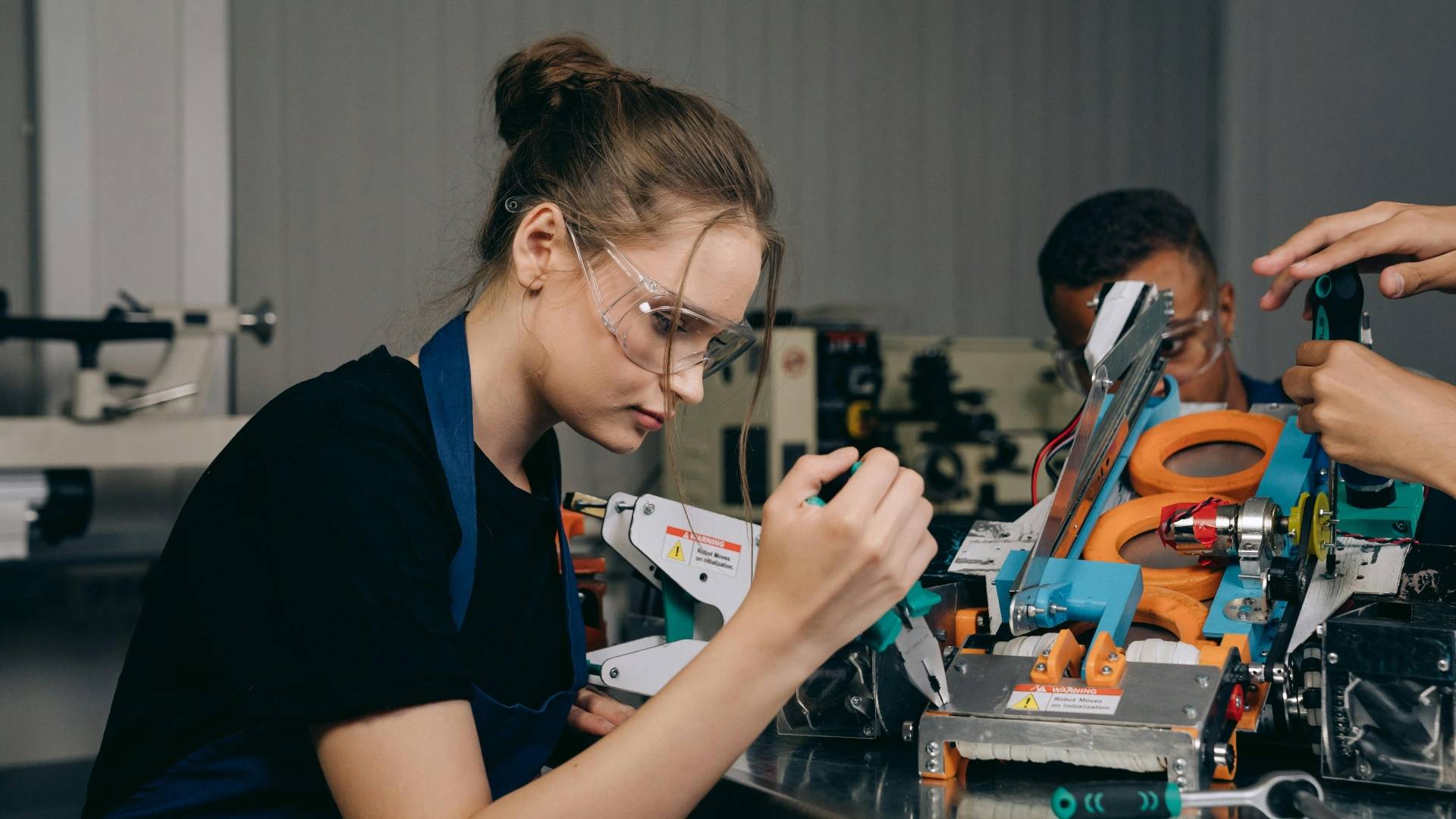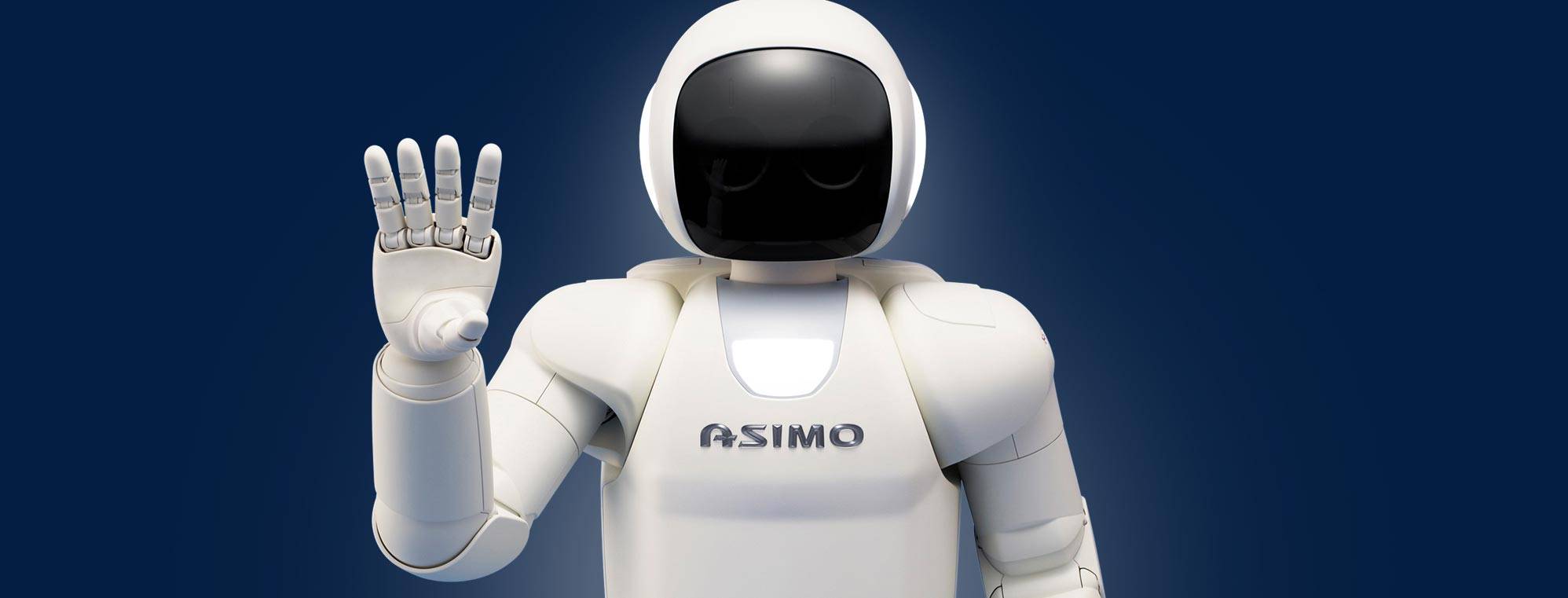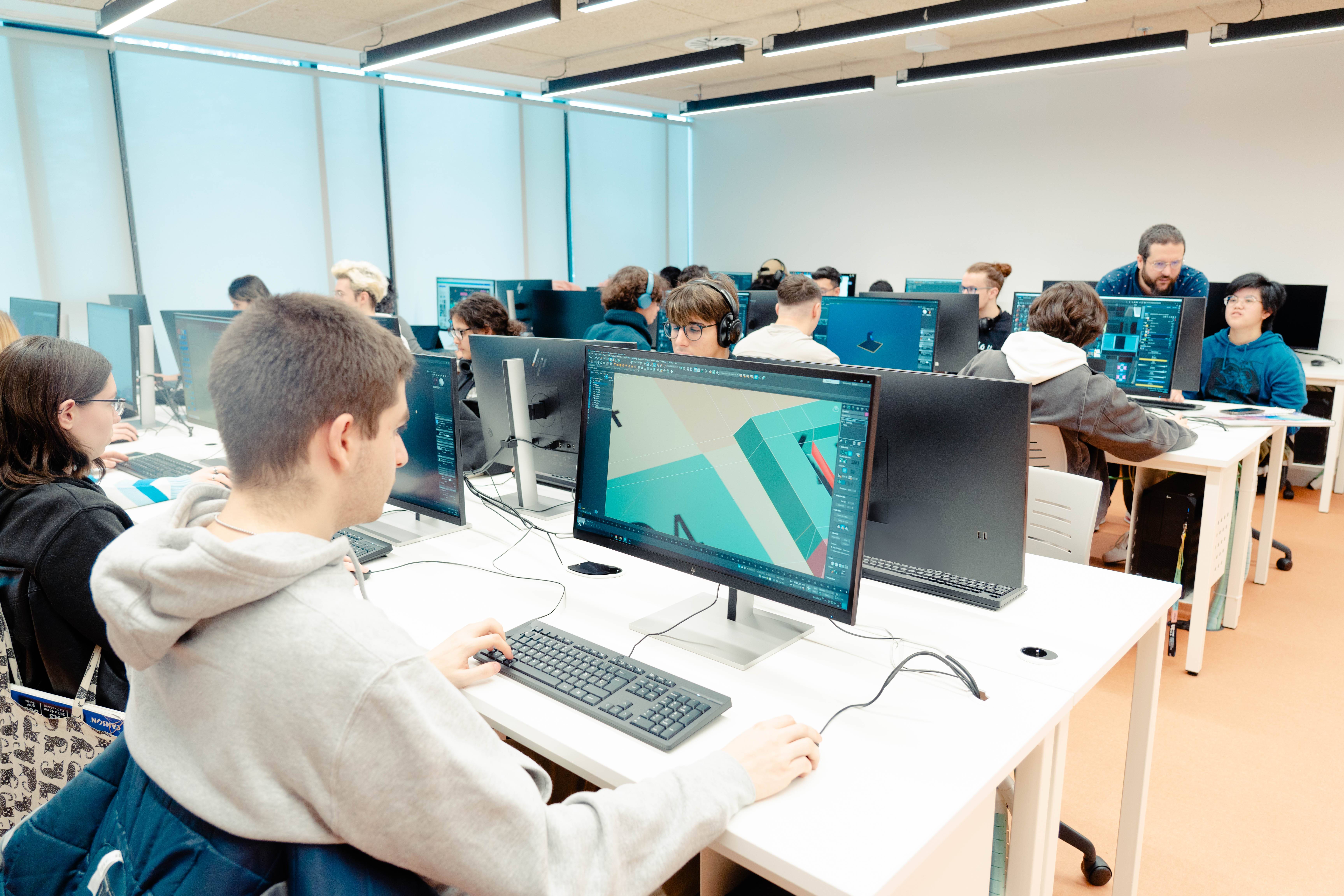Human-centred robotics: the future of artificial intelligence
Since its beginnings in industrial automation, robotics has undergone a significant evolution in developing new scenarios of collaboration with people. So much so that Human-Centered Robotics (HCR) has established itself as a key field of study. In this context, institutions such as UDIT, University of Design, Innovation and Technology, have committed to training professionals capable of facing the technological challenges of this discipline.
Unlike autonomous or industrial robotics, where performance metrics focus on the speed, precision and efficiency of processes, HCR prioritises other aspects, such as its adaptability to different environments, ergonomics or the use of advanced artificial intelligence capabilities.
In this more "human" robotics, the use of machine learning algorithms, natural language processing (NLP) or computer vision (Computer Vision) plays an important role in enabling robots to acquire new skills in interpreting human behaviour and responding accordingly.
Robots designed under this approach require high levels of perception, adaptability and safe interaction with humans in unstructured environments. International standards such as ISO/TS 15066:2016 establish safety requirements for collaborative robots in industrial environments and their interaction with human operators, while ISO 13482:2014 regulates the safety of personal assistance robots.
From healthcare to cultural barriers
One of the most developed fields in this HCR approach is healthcare, where robots have long played a key role in supporting patients and professionals. Intelligent exoskeletons such as Cyberdyne's HAL (Hybrid Assistive Limb) use microelectric sensors and biomechanical models to assist people with reduced mobility; robotic assistants such as TUG (Aethon) or Moxi (Diligent Robotics) have been designed to transport medical materials and collaborate in routine tasks; and systems such as RP-VITA allow remote monitoring of patients from a distance.
Advances in artificial intelligence and natural language processing have also enabled the development of robots capable of interacting with humans in educational environments. It is worth highlighting the work of companies such as Aldebaran Robotics and its NAO, used in therapies for children with autism, or Paro, a seal-shaped therapeutic robot that responds to touch and voice, used to improve the well-being of the elderly.
Also in industry, automation in thousands of companies has advanced with the advent of collaborative robots (cobots), designed to work alongside human operators in manufacturing environments. The Franka Emika Panda robot (a seven-axis robotic arm) is able to manipulate objects with precision in all kinds of shared spaces. Spot, one of Boston Dynamics' most ambitious developments, is presented as a quadruped robot with applications in industrial inspection, security and mapping in complex environments.
However, the human-centric robotics industry continues to face challenges that are not easy to overcome in the short or even medium term. For example, the development of energy-efficient systems, as well as longer battery life, is one of the main hurdles to overcome in care environments.
At the same time, the ability for robots to properly interpret their environment, although drastically improved thanks to the development of better algorithms, still faces obstacles in complex environments, as evidenced by the semi-autonomous driving systems that some vehicles are equipped with.
Finally, it is interesting to note the cultural barriers that can slow down the development of this industry in some scenarios. The case of Sony's AIBO robot shows how these barriers have influenced the acceptance of social robotics in different parts of the world. While in Japan, where society is highly receptive to living with robots, AIBO has been adopted as a real electronic pet with farewell ceremonies when it stops working, in other countries its commercialisation is practically non-existent, due to cultural perceptions that associate emotional interaction with a robot as artificial or even disturbing.
A future for human-centred robotics
However, despite the challenges that still need to be overcome, human-centred robotics is not only one of the scientific fields in which most investment is being made, but also one of the most exciting in recent times, especially at a time when it is growing hand in hand with Artificial Intelligence.
Major technology companies such as Meta and Apple have identified humanoid robots as the future of artificial intelligence and are reorganising their structures to move in this direction. Meta has integrated its Reality Labs hardware division with the AI area to develop robots to assist people in physical tasks, starting with domestic ones. Its approach is to give them not only human-like appearance, but also realistic behaviour through the use of software, sensors and computing capabilities already present in the company's other devices.
Apple has also shown interest in this sector and may be working on its own humanoid robot. In fact, a few weeks ago it presented ELEGNT, a prototype of a lamp-shaped robot designed to interact with users through expressive movements. At the same time, OpenAI has started investing in robotics companies, such as Figure and 1X, with the aim of expanding the scope of its artificial intelligence beyond generative models.
The development of humanoid robots is not exclusive to these companies, as Boston Dynamics has been working for years on models such as Atlas, while Tesla promises that its Optimus will be able to perform household tasks. In this context, the training of highly skilled professionals in human-centred robotics is essential.









